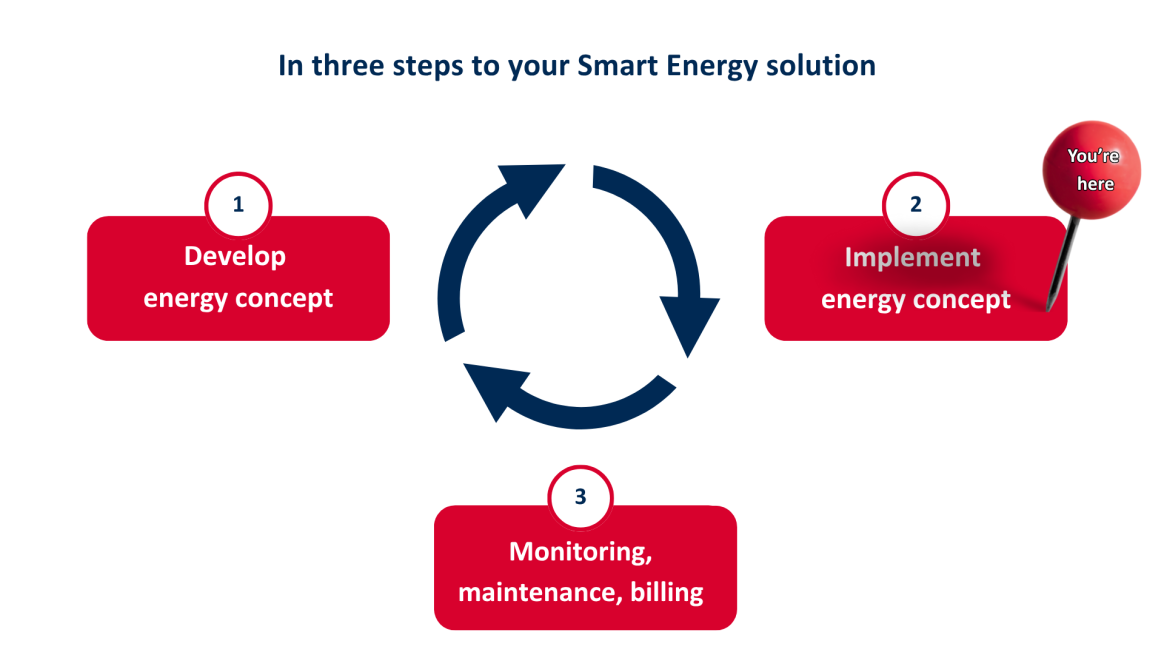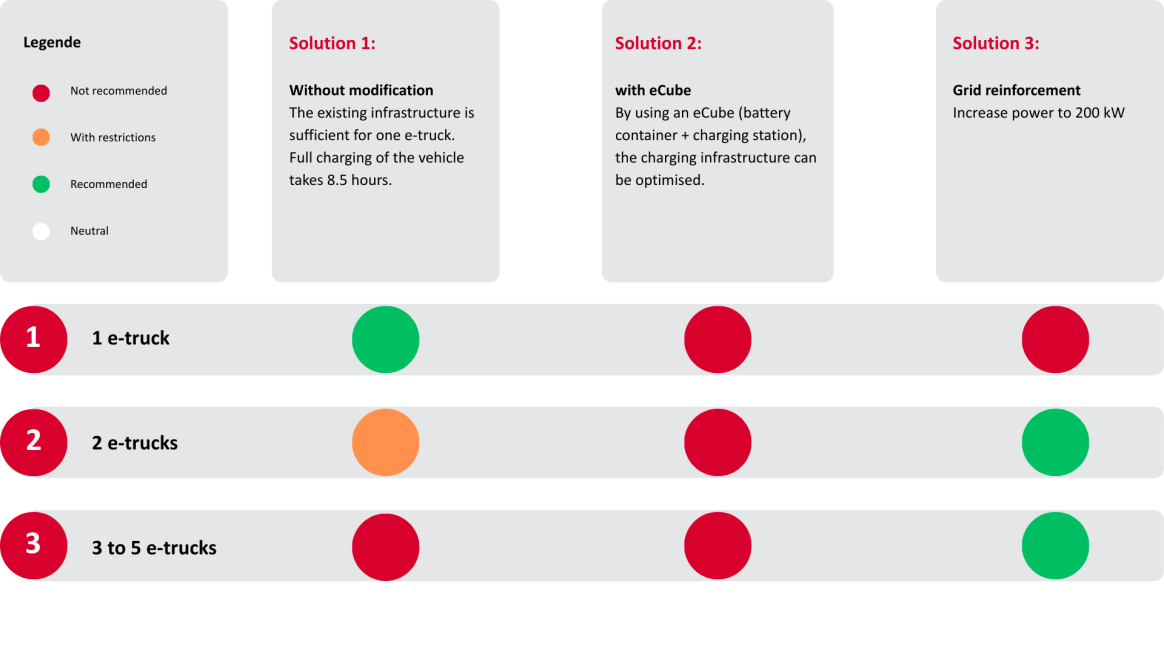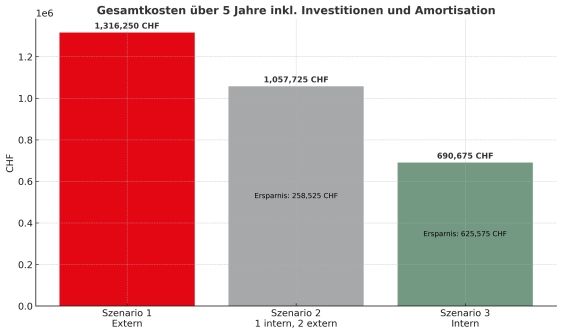
Your charging infrastructure – tailored to your vehicle fleet.
Whether company cars, delivery fleets or heavy goods vehicles – a functioning charging infrastructure is crucial for the economical operation of your e-vehicles. cablex plans and builds your charging stations independently of manufacturers, ensures scalability, and maintains a clear focus on safety and efficiency. To illustrate this, we will give you an insight into a practical example with a comparison of variants and costs.
What companies really want to know about building their charging infrastructure.
Building charging points is much more than just installing hardware.
It requires precise coordination with the available grid capacity, the charging capacity of the vehicles and the operational processes. For SMEs with electric cars and/or HGVs, this means:
- charging points must be adapted to the timetable and standstill times
- fast charging options are useful for short downtimes, while AC charging is cost-effective for long downtimes
- the charging infrastructure should be expandable as the fleet grows
- technical components must be future proof and compatible with current vehicle types
cablex berät Sie herstellerunabhängig, wählt die besten technischen Optionen und sorgt dafür, dass die Anlage betriebsbereit übergeben wird – inklusive Netzanschluss, Prüfdokumentation und, wenn gewünscht, Schnittstellen zu Abrechnungssystemen.

Expert knowledge: what specialists advise.
"For SMEs with mixed fleets in particular, it is crucial to match the charging capacity precisely to the deployment plans. A fast charging station is of little use if the vehicle is parked all night anyway – and charging points that are too slow can slow down operation. We develop each solution to ensure that it is both technically and economically appropriate."
– Marcel Schürch, Smart Energy expert, cablex
Practical example: Egger – charging infrastructure with comparison of variants.
How can a company ensure that its charging infrastructure works today – and grows with the company tomorrow?
Using the example of a customer project, cablex shows how we have calculated and presented three specific variants: from the basic equipment to the extended solution for the possible expansion of the electric HGV fleet. This gave the customer a clear decision-making basis for choosing the right solution for current requirements – and at the same time set the course for future growth.

Analysis of possible expansion options.
In order to find the right solution for current and future charging requirements, cablex has prepared a detailed variant analysis. It shows how different technical approaches – from the utilisation of existing infrastructure to the use of a mobile battery storage unit (eCube) and grid reinforcement – affect charging times, investment costs and operation. The evaluation helps to recognise the opportunities and restrictions of each option at a glance.
Our analysis with three variants in direct comparison.
The selection criteria:
- 1 electric HGV
- 2 electric HGVs
- 3-5 electric HGVs
Future planning of the customer to be taken into account:
- use of a battery storage system
- integration of the photovoltaic system
Discussion:
- battery storage system enables greater level of self-supply
- increase in the amount of self-generated electricity by expanding the PV system

Subsidies and regulatory aspects.
Federal subsidy for e-truck charging infrastructure: the government covers between 40 and 50 percent of the costs. Customers should proactively factor this subsidy option into the strategic planning of their charging infrastructure.
LSVA: Until the end of 2030, e-trucks are expected to be exempt from this heavy vehicle tax and will therefore benefit from significantly lower operating costs compared to diesel trucks.
Scenario 1:
Fully external charging
- Annual charging costs:
CHF 263 250 - Charging costs after 5 years:
CHF 1 316 250 - Investment: CHF 0
Szenario 2:
1 internal charging point, 2 external charging points
- Annual charging costs:
CHF 211‘545 - Charging costs after 5 years:
CHF 1‘057 725 - Investment: CHF 0
Szenario 3:
Fully internal charging
- Annual charging costs:
CHF 108 135 - Charging costs after 5 years:
CHF 540 675 - Investment: CHF 150 000

The investment and cost benefits of internal charging (Scenario 3) compared to the additional costs of external charging.
The cost benefits of Scenario 3 compared to Scenario 1 over five years:
- CHF 625 493, amortisation in 0,97 years
The cost benefits of Scenario 3 compared to Scenario 2 over five years:
- CHF 367 150, amortisation in 1,45 years
Our conclusion.
In view of the customer's profitability targets, Solution 3 with grid reinforcement is recommended.
The amortisation of 0.97 years is interesting. In addition, the investments are tax deductible, and the income tax exempt.
In terms of the objectives set, the recommended solution is economical, feasible and sustainable.
Do you need our advice?
Start free and hassle-free. In a 45-minute on-site meeting, we analyse your current situation and discuss your goals. Based on this, we create your master plan.














